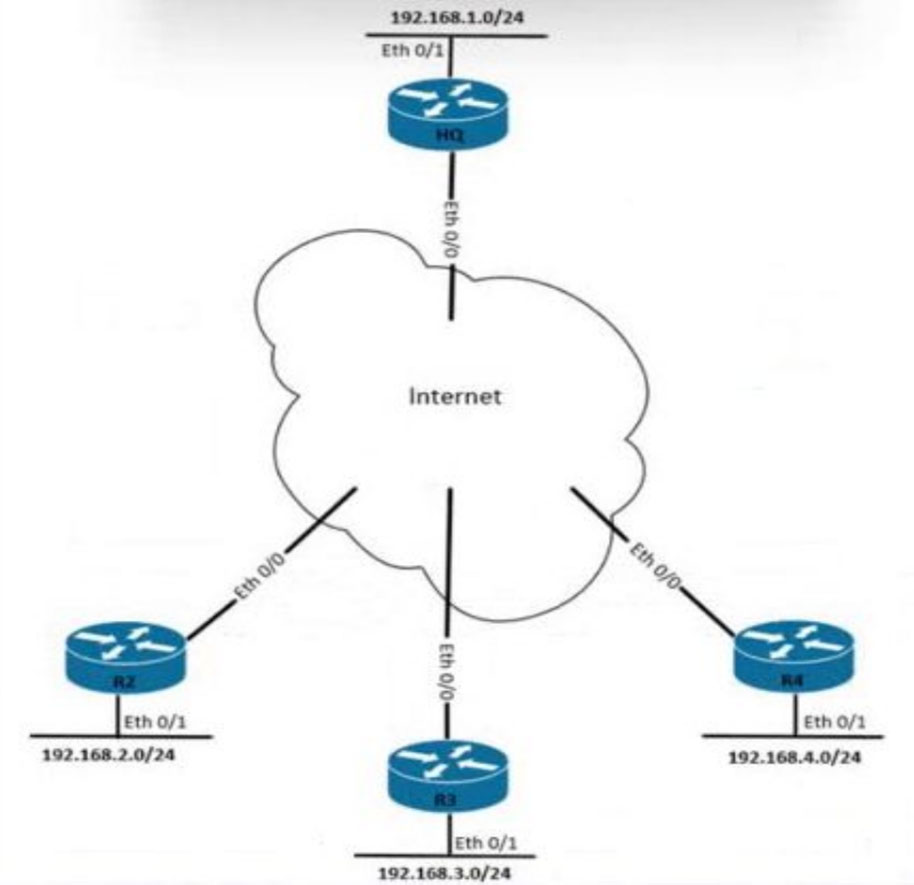


Refer to the exhibit. A customer wants to adopt a dynamic site-to-site VPN solution to secure communication for VoIP, video, and FTP traffic between the remote branches and the headquarters. The customer also wants the branches to communicate directly, thereby reducing traffic at the headquarters location. The solution most consider that the branch routers are limited in available memory. Which VPN solution meets these requirements?
mgiuseppe86
7 months, 2 weeks agoJ2J2J2J
1 year ago314_pi
1 year agobccabrera
1 year, 1 month agodgonzalezexamtopics
1 year, 2 months agobccabrera
1 year, 1 month agojzzmth
1 year, 3 months agoXalaGyan
1 year, 4 months agoTasabgd90
1 year, 4 months agoXalaGyan
1 year, 4 months ago